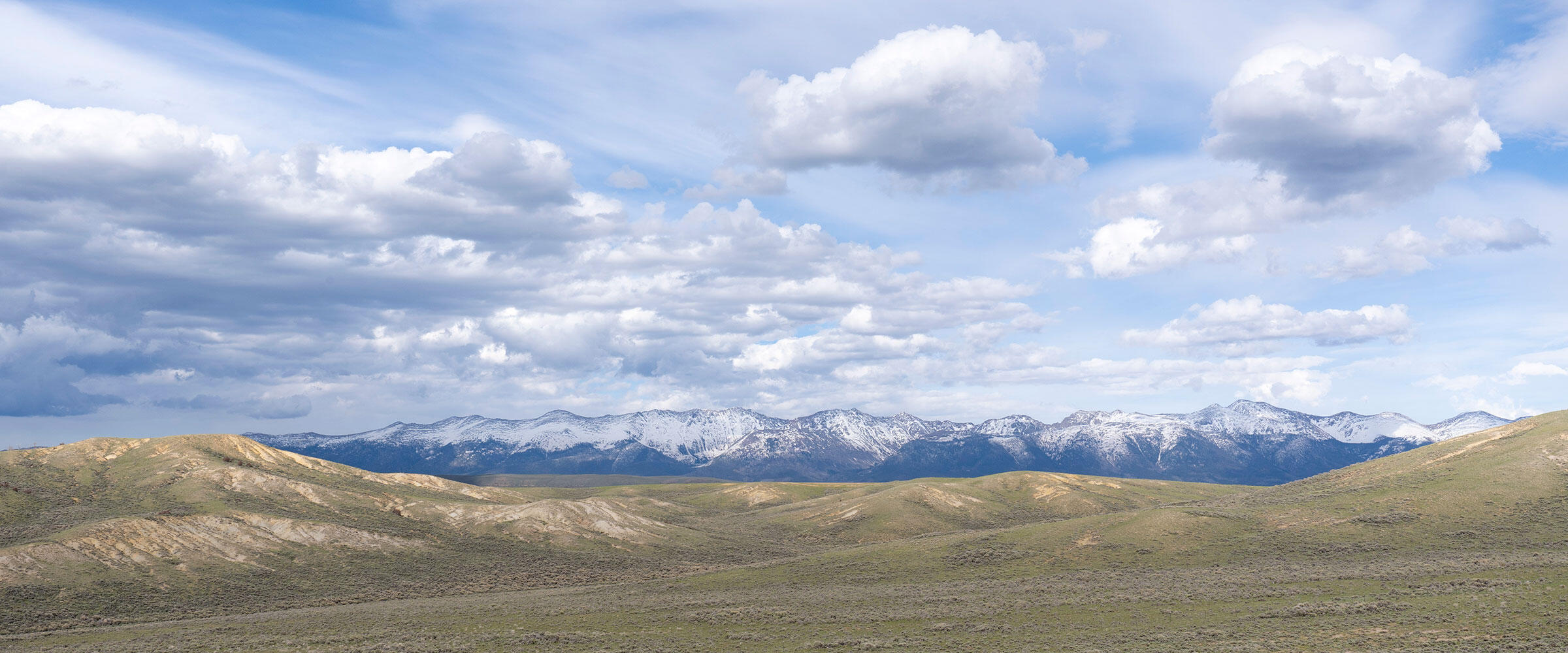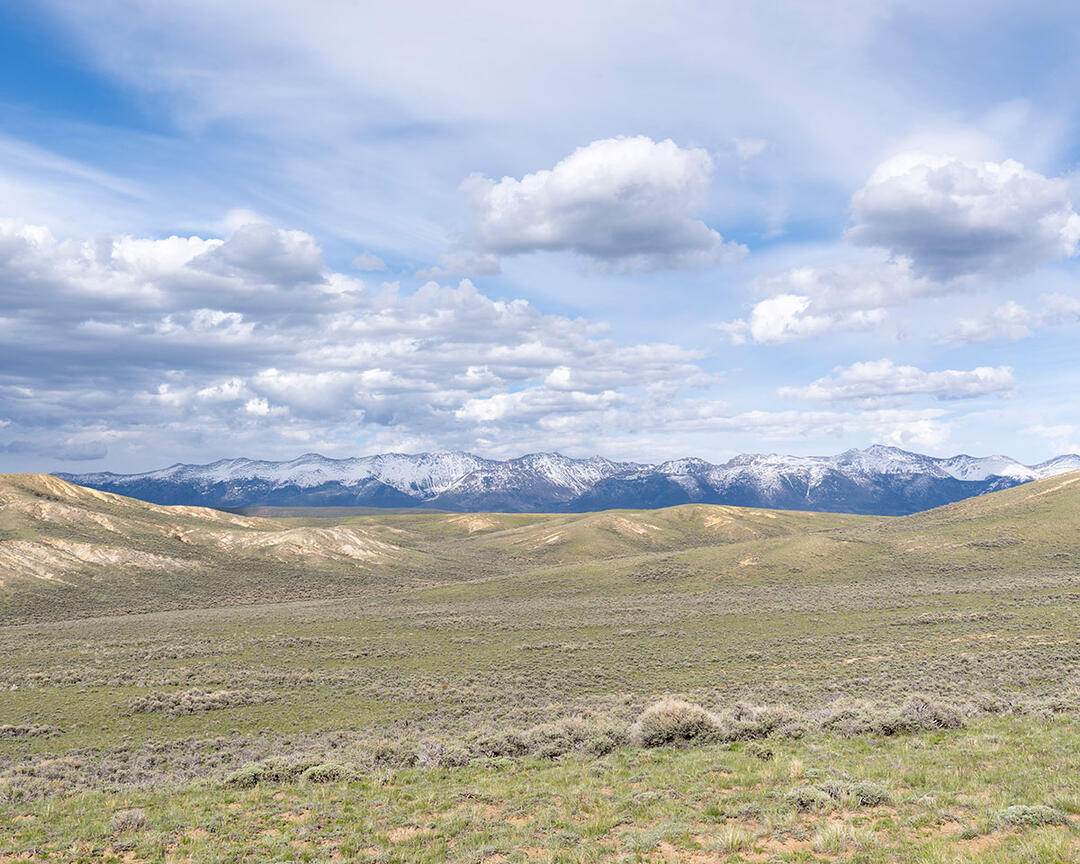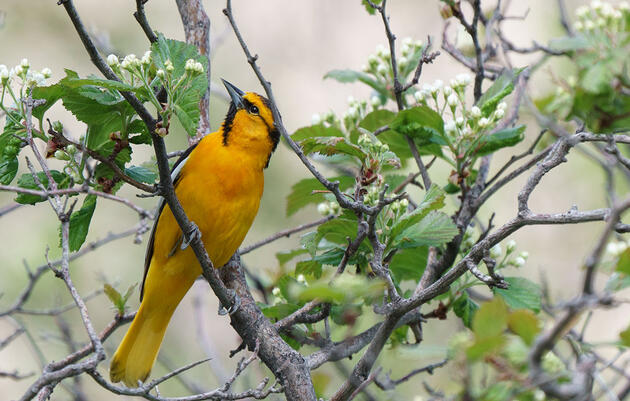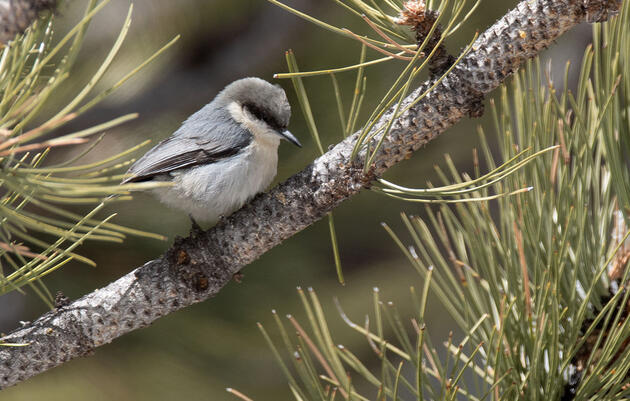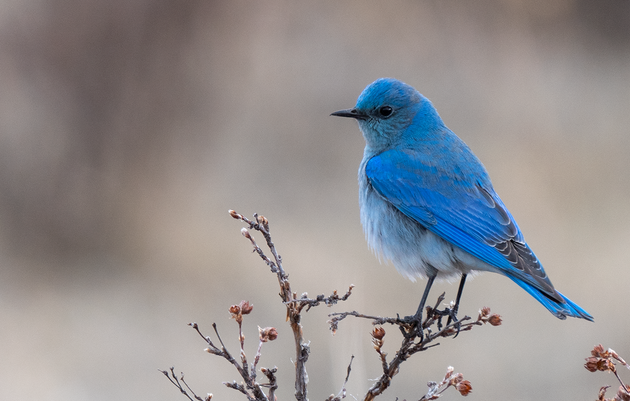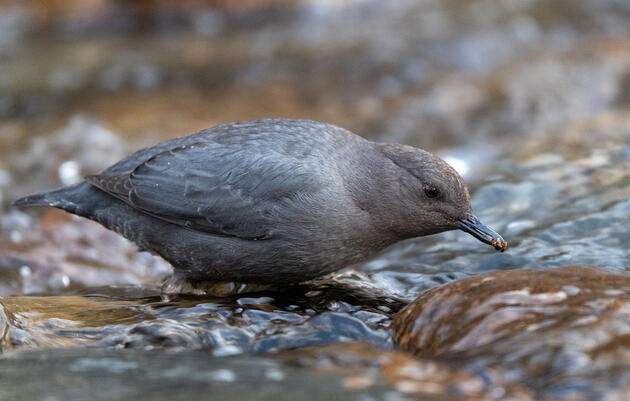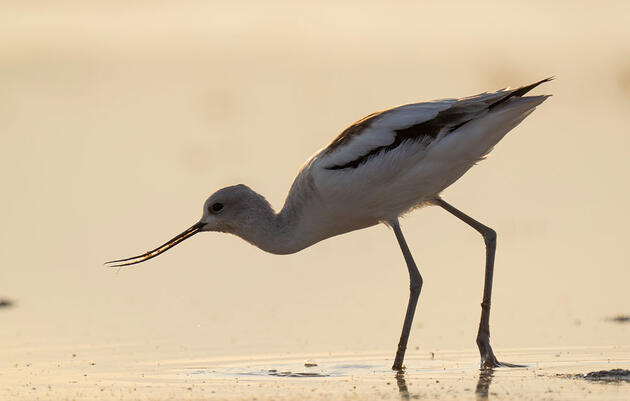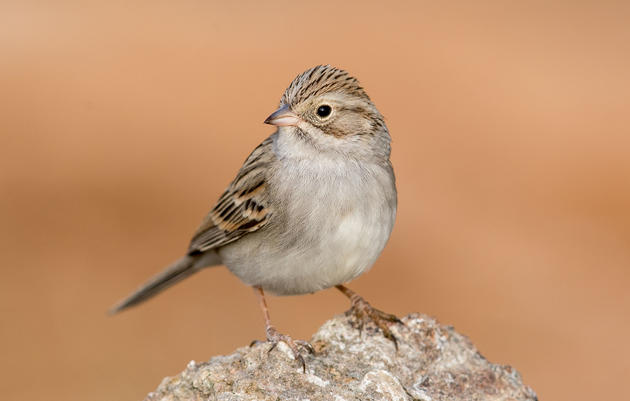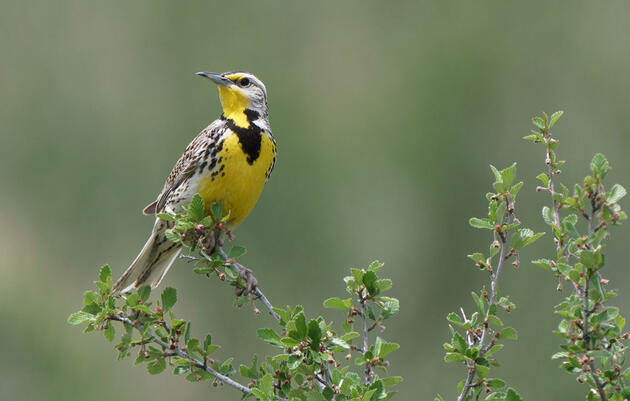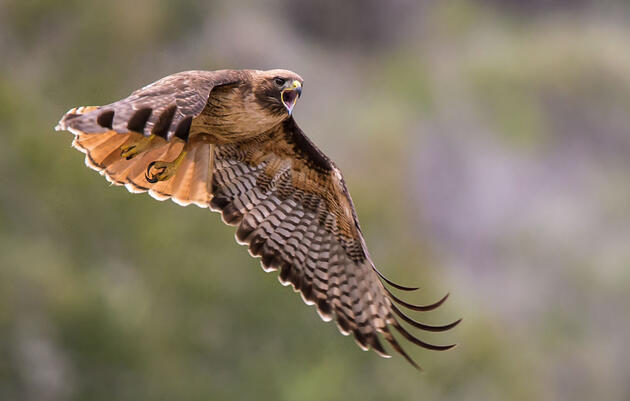The Mountain West is home to some of the most wild and scenic landscapes in North America. Our great outdoor spaces like Yellowstone National Park contain some of America’s most iconic wildlife. The Red Desert in southern Wyoming has the largest migratory herd of pronghorn in the lower 48. Overhead, the central flyway serves as a migration path in the sky. Our wetlands are resting spots for the large number of travel-weary birds who make their biannual migrations along the central flyway. Riparian areas created by streams and rivers like the North Platte, the Green, and the Snake, provide amazing habitat for numerous wildlife and drinking water for towns, irrigation water for agricultural uses, and recreational uses such as fly-fishing. The wide open spaces of prairie and sagebrush make up the landscape that most people associate with the Wild West. While most people only get to see it in the movies or in photographs, we are lucky enough to be surrounded by it and be able to explore it.
Looking for ways to incorporate these amazing ecosystems in your classroom or at home? Below you’ll find links to flashcards of the Mountain West's habitats and ecosystems.
While each of these habitats is different, you’ll find that the webs the plants and animals weave have many similarities. You’ll find plants, the animals that eat the plants, the animals that eat those animals, and then the clean-up crews that recycle the living matter to make it available to start the cycle again.
The Mountain West Habitat Flashcards offer many opportunities for variation. Many of these animals call more than one ecosystem home so feel free to mix and match to suit your activity.
Instructions for Mountain West Habitat Flashcards
- Print the document.
- Cut out each photo and description card along the dotted lines.
- Match each photo with its description card.
- Glue or paste the description to the back of the photo.
- You can punch one or more holes at the top of the card to attach a string so that each student can wear their card.
- You can laminate the cards.
Deciduous Forest Cards
Learn about the plants and wildlife of broadleaf forests.
Coniferous Forest Cards
Learn about the plants and wildlife of coniferous forests.
Mountain Habitat Cards
Learn about the plants and wildlife of montane ecosystems.
Riparian Habitat Cards
Learn about the plants and wildlife in and along streams and rivers.
Wetland Habitat Cards
Learn about the plants and wildlife in wetlands.
Sagebrush Steppe Cards
Learn about the plants and wildlife of the sagebrush steppe ecosystem.
Shortgrass Prairie Cards
Learn about the plants and wildlife of the shortgrass prairie ecosystem.
Schoolyard Habitat Cards
Learn about the plants and wildlife found in schoolyards.

